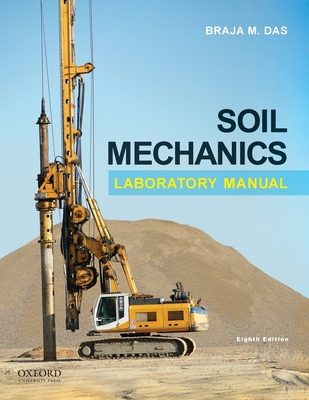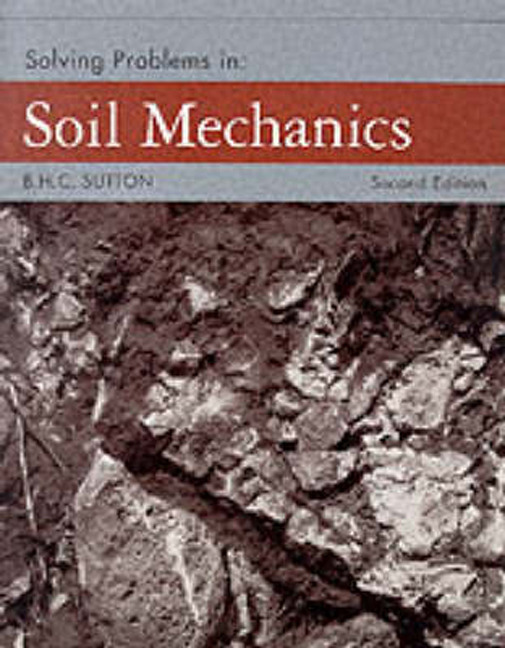Soil mechanics
Soil mechanics is the study of the physical properties of the soil and its behavior as a building (as opposed to rock: rock mechanics ). She examines the movements and forces in loose rock or earth materials, in particular the processes involved in soil structures ( foundations ) and ground ( earth moving ). Also with the way the forces are derived harmless in the subsoil of the statics of a building is concerned.
History
The first mathematical theory of ground movements and forces put Charles Augustin de Coulomb ( 1773) before. The first comprehensive textbook on soil mechanics wrote Karl von Terzaghi (1925 ). Terzaghi, as the founder of soil mechanics as an independent science.
The soil mechanics as an engineering science
The soil mechanics has developed as a transition region between geotechnical engineering, continuum mechanics and soil science. It is the theoretical basis of Erdstatik which calculation methods for the behavior of the soil supplies, with the area of structural analysis, the load of the buildings is determined, and with the help of their foundations are measured.
The main difference of soil mechanics to rock mechanics is that the soil in stability calculations can be treated as a continuum, the rock, however, due to its layer and gap structure only as a discontinuum. This requires completely different approaches.
The need for soil mechanical calculations arises from the fact that the building must be borne sure the loads of the buildings to avoid certain example basic fractions and thus tilting of the building. The encountered in the immediate vicinity of the building plot is so mechanical part of the structure, its failure is considered safe to avoid it. Other hand, it must, in many cases, the influence of the base to the structure to be determined, for example, the size of the earth pressure. Play an important role in soil mechanics calculations in determining the stability of earth structures such as embankments.
Subregions
An important branch of soil mechanics ( as part of the field of soil science ) is the soil classification, as well as research into the mechanical properties of soils and the development of appropriate test methods to classify the mechanical properties of soils and realistic model can:
- In soil mechanics laboratories, these properties are determined with test equipment. It is determined as: density, grain size distribution, consistency, flow limit, plastic limit, shrinkage limit, void ratio, compressibility, Proctor density, water content, water absorption, water permeability, shear strength, cohesion, stiffness module, etc.
- A laboratory test device to which the shear strength of soil samples may be measured, for example, the triaxial, another device which measures the deformation, the oedometer.
- In the field ( on site ) to use other devices to gain samples or to determine characteristics of in situ (on site): Blazing cylinder penetrometer Rammkern or Rammsonden, plate printing equipment for plate load test and others.
Another area of soil mechanics is the development of materials science constitutive equations to describe the behavior of soils. The simplest constitutive laws with which the behavior of soils is described, Hooke's law (linear elastic behavior) and the fracture condition of Mohr -Coulomb (rigid plastic behavior ). With these, however, the mechanical behavior of soils can only be roughly approximated, its use is therefore limited in each case to specific questions. For a more realistic description of the material behavior more and more sophisticated material laws are applied, which leads to an increased effort.
An equally important aspect of the description of the mechanical behavior of soils is their multiphase nature. Soil consists of different phases: the grain structure (solid ), in the pores of water (liquid ) and air ( gas) are located. The interactions between to describe these three phases, is an object of soil mechanics. Interactions related soil mechanical phenomena are here eg the static buoyancy, the capillarity, and the permeability, which is usually described by the Darcy's law. Due to a change in the phase fractions of the soil can change its state from solid plastic on up to the liquid state ( see Casa Grande).
- Soil Mechanics
- Geotechnical Engineering
- Structural Analysis










